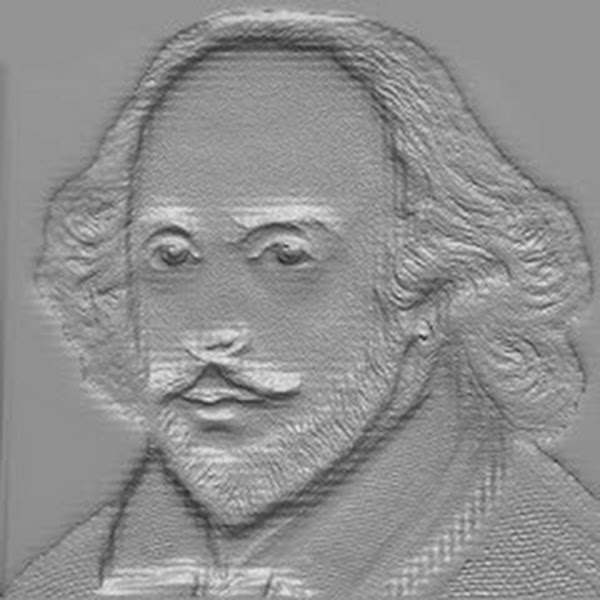Phrase Structure Grammar (PS Grammar)
Phrase Structure Grammar, often called PS Grammar, is an important theory in Linguistics. It tries to explain how sentences are made from smaller parts or phrases. This idea came from the work of Noam Chomsky in the 1950s. According to him, every sentence has an inner structure that can be broken into different layers. These layers help us understand how language is built and how meaning is formed.
Chomsky wrote, “A grammar of a language purports to be a description of the ideal speaker-hearer’s intrinsic competence.” This means grammar tells us what a person knows when they know a language.
Structure of PS Grammar
The structure of PS Grammar is based on rules that describe how words join together. These rules are called Phrase Structure Rules. They divide a sentence into smaller parts such as Noun Phrase (NP), Verb Phrase (VP), Prepositional Phrase (PP), and Adjective Phrase (AP).
Each phrase has a head word that gives the phrase its name. For example:
- A Noun Phrase (NP) may contain a determiner (Det) and a noun (N).
→ NP → Det + N - A Verb Phrase (VP) may contain a verb (V) and a noun phrase (NP).
→ VP → V + NP
A simple rule in PS Grammar looks like this:
S → NP + VP
It means a sentence (S) is made from a noun phrase and a verb phrase.
These rules can also be written in a tree diagram form. The tree shows how the parts of a sentence connect step by step. It begins with the sentence (S) at the top, and then divides into smaller parts below it.
As Chomsky said, “A phrase structure grammar provides a formal device for specifying the structural description of sentences.” This means it gives a clear way to describe how a sentence is organized.
Function of PS Grammar
The main function of PS Grammar is to analyze sentence structure. It helps students and linguists understand how each word works in a sentence. It explains the hierarchy of words — which parts come first, which depend on others, and how phrases form meaning.
It also helps in syntactic analysis, which studies how words fit together. For instance, it tells us why “The boy ate an apple” is correct but “Ate boy apple the” is not. The grammar rules explain the right order of words in a language.
In teaching and research, PS Grammar is useful because it shows how sentences can be built from smaller parts. It helps to find patterns that appear in every human language.
Strengths of PS Grammar
PS Grammar has several strong points:
- Clarity: It gives a clear picture of how sentences are formed. Each rule helps to see how different parts work together.
- Universality: It helps in comparing many languages because the basic idea of structure exists in all languages.
- Scientific approach: It uses a formal method. Sentences can be tested and checked step by step.
- Helpful in Syntax: It helps students understand the inner design of a sentence and the relationship between words.
It also helps teachers explain grammar in a logical and visual way. The tree diagrams make learning easier for beginners.
Limitations of PS Grammar
Though PS Grammar is very useful, it also has some limits:
- Meaning not fully explained: It talks more about structure than about meaning. It cannot always tell why a sentence has a certain sense or feeling.
- Rigid Rules: It sometimes becomes too strict. Real human speech often breaks rules, but PS Grammar does not always handle such cases.
- Complex Sentences: Some modern or poetic sentences are too complex for simple PS rules. It cannot describe every sentence in natural language.
- Ignores context: It does not include the social or emotional side of language. It treats language as a machine rather than human use.
Chomsky himself noted, “The notion ‘grammatical’ cannot be identified with ‘meaningful’ or ‘significant’ in any semantic sense.” This means grammar alone cannot explain meaning.
Conclusion
Phrase Structure Grammar is a strong foundation for the study of language. It gives a scientific way to see how words form larger units and how sentences grow from small parts. It divides language into clear layers and provides a system to study syntax carefully.
Though it has some limits, it is still one of the most important grammar models in modern linguistics. It helps students learn how sentences are formed and how structure gives order to language.
PS Grammar is useful for both theory and teaching because it combines rules, structure, and logic. Understanding it helps learners think deeply about how languages work.
 CSP
CSP